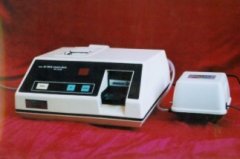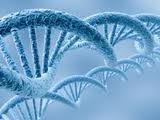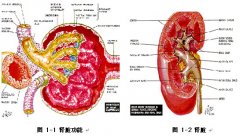Hyperlipemia

overview Blood fat mainly refers to the cholesterol and triglyceride in the serum. No matter the increase of the cholesterol or the increase of triglyceride or the increase of both of them, all called hyperlipemia. classification According to the outcome of the measurement of serum total cholesterol, triglyceride and high-density lipoprotein-cholesterol, hyperlipemia is divided into the following four types: 1. Hyoercholesteremia: The serum total cholesterol constant is increasing, and exceeds 5.2 mmol/L, but the constant of triglyceride is normal, which is to say the triglyceride is lower than 1.70mmol/L. 2. Hypertriglyceridemia: The content of serum triglyceride rises, and exceeds 1.70mmol/L, but the cholesterol content is normal, which means total cholesterol is lower than 5.2mmol/L. 3. Mixed type hyperlipemia: Both the contents of serum total cholesterol and triglyceride are increasing, which means the total cholesterol exceeds 5.2mmol/L and the triglyceride exceeds ...



















